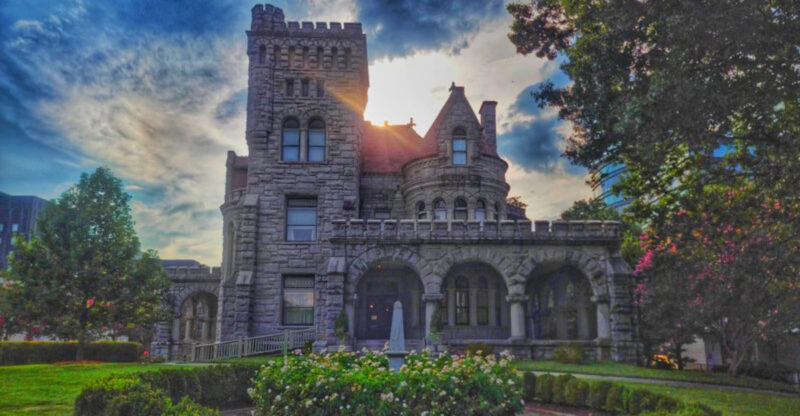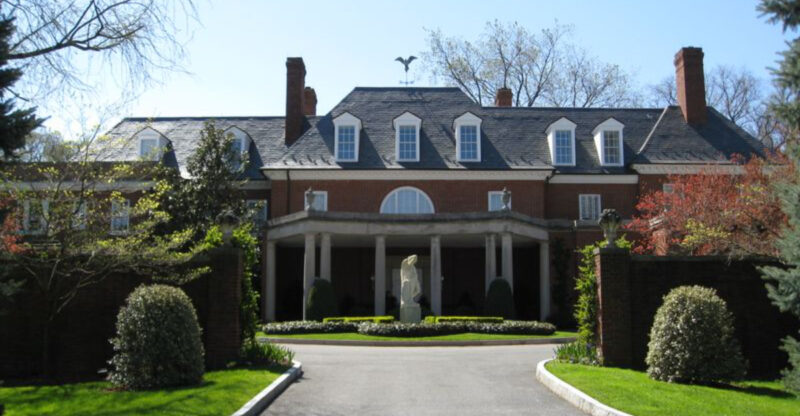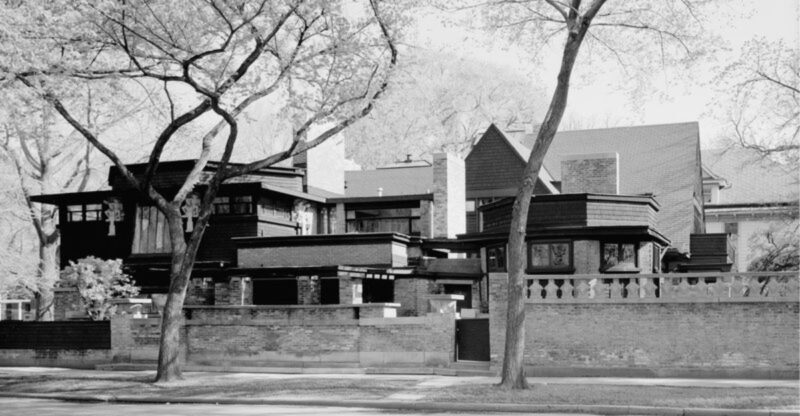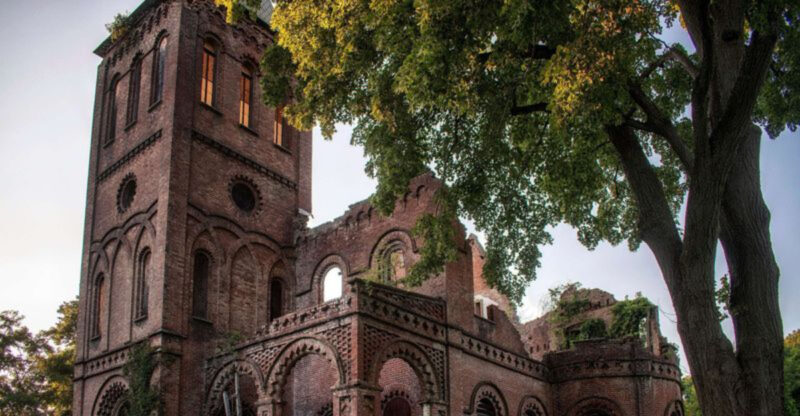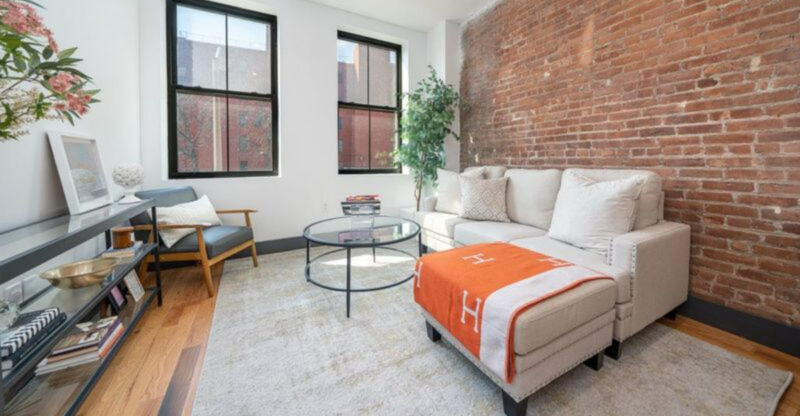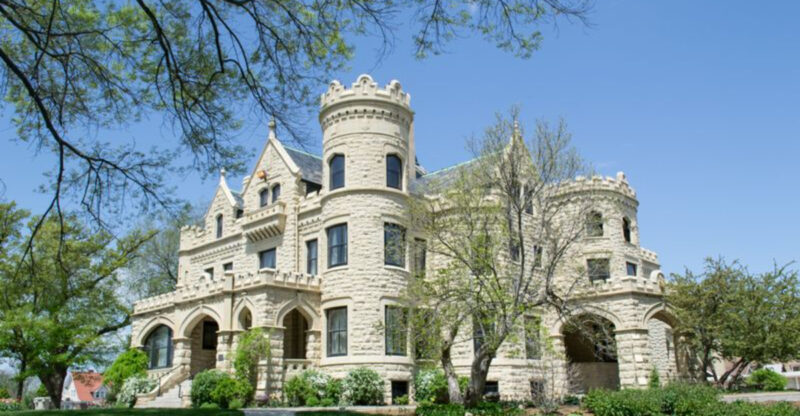10 Historic Chicago Estates That Showcase The Glory Days Of Midwest Design
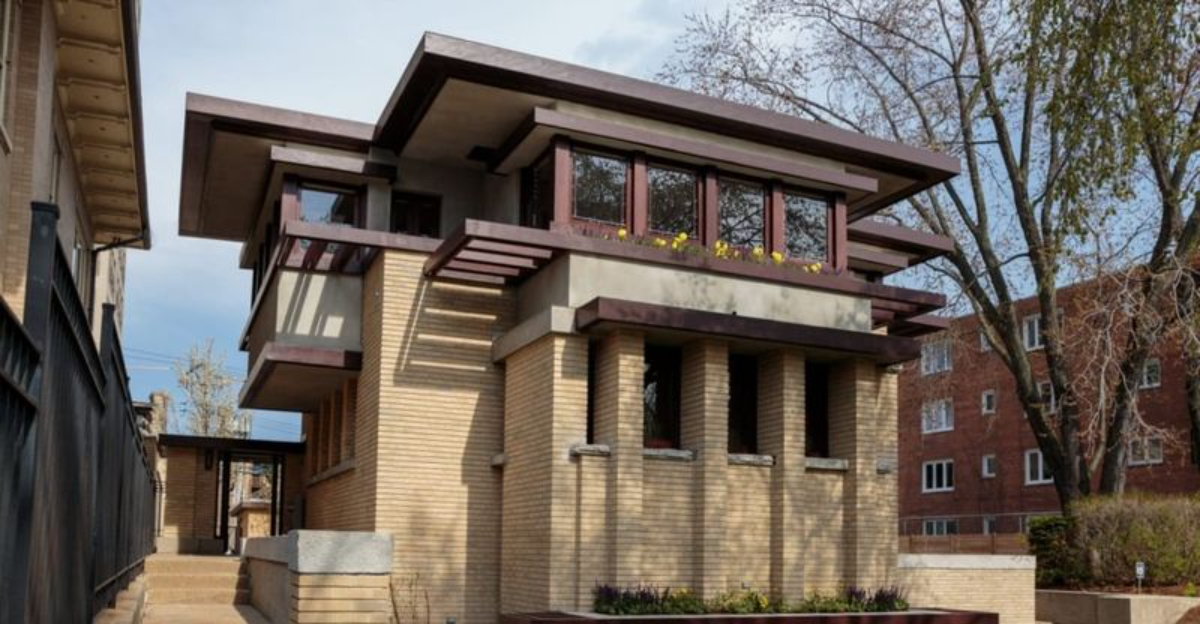
Chicago’s architectural landscape tells the story of America’s gilded age through its magnificent historic estates. These grand homes, built during the late 19th and early 20th centuries, showcase the wealth, creativity, and cultural influences that shaped Midwest design.
From Prairie School innovations to Beaux-Arts grandeur, these ten remarkable Chicago estates offer windows into an era of unprecedented architectural ambition.
1. Robie House – Hyde Park
Frank Lloyd Wright’s 1909 masterpiece stands as the ultimate expression of Prairie School architecture. Low-slung horizontal lines mirror the Midwest landscape while art glass windows filter light into meticulously designed interior spaces.
This revolutionary home broke from European traditions, creating a distinctly American architectural language. Today, visitors can tour this National Historic Landmark and experience Wright’s genius firsthand.
2. Glessner House – Prairie Avenue Historic District
Henry Hobson Richardson’s 1887 creation defied Victorian conventions with its fortress-like exterior. Pink granite walls and rounded arches created a protective shell for the Glessner family amid Chicago’s industrial boom.
Inside, Arts and Crafts details soften the imposing facade. The home’s innovative floor plan placed servants’ quarters along the street, reserving courtyard views for family spaces—a radical departure from typical layouts of the era.
3. Clarke-Ford House – South Loop
Standing since 1836, this Greek Revival treasure holds the distinction of being Chicago’s oldest surviving home. White-painted columns frame its symmetrical facade—a testament to America’s early fascination with classical design.
Miraculously surviving the Great Chicago Fire, this modest yet elegant structure witnessed the city’s transformation from frontier town to metropolis. Its preserved interiors offer a rare glimpse into everyday life during Chicago’s formative years.
4. Nickerson Mansion / Driehaus Museum – Near North Side
Banker Samuel Nickerson spared no expense on his 1883 marble palace. Rare woods, ornate plasterwork, and stained glass transformed this residence into a showcase of Gilded Age excess.
Nicknamed the “Marble Palace,” its 25 rooms featured materials from 17 countries. Rescued from potential demolition by philanthropist Richard Driehaus, this Beaux-Arts jewel now welcomes visitors to experience its preserved splendor.
5. Jane Addams Hull-House – Near West Side
Beyond architectural significance, this 1856 Italianate structure represents social reform’s physical embodiment. Jane Addams transformed this once-elegant home into America’s most famous settlement house in 1889.
Original woodwork and Victorian details remain alongside spaces where immigrants found education and community. The restored complex preserves both architectural heritage and the revolutionary spirit of its famous resident who fought for society’s most vulnerable.
6. Ida B. Wells-Barnett House – Bronzeville
Crusading journalist Ida B. Wells-Barnett made this 1890s Romanesque Revival residence her headquarters in the fight against racial injustice. Distinctive stone arches and Queen Anne flourishes adorn this landmark to Black excellence.
Though not open for public tours, this National Historic Landmark represents architectural preservation’s role in honoring overlooked histories. Its stone facade witnessed the planning of pivotal civil rights campaigns that changed America.
7. Emil Bach House – Rogers Park
Frank Lloyd Wright’s 1915 geometric jewel box represents his mature Prairie style in compact form. Built for a brick company president, this modest masterpiece features Wright’s signature art glass, built-in furniture, and ingenious space planning.
Unlike Wright’s earlier sprawling homes, Bach House adapted Prairie principles for smaller urban lots. Recently restored to its original glory, the home now welcomes overnight guests seeking an immersive architectural experience.
8. Lang House Chicago – Edgewater
Automotive executive Emil Lang commissioned this 1919 Georgian Revival beauty at the height of Chicago’s prosperity. Original quarter-sawn oak woodwork, leaded glass, and hand-painted ceiling murals survive in remarkable condition.
Massive limestone columns announce its presence on Sheridan Road. Once endangered, this architectural gem found new life as a boutique bed and breakfast where guests sleep surrounded by pristine period details and craftsmanship rarely seen in modern construction.
9. Kimball House – Prairie Avenue
Piano magnate William Wallace Kimball’s 1892 mansion epitomizes the grandeur that once lined Prairie Avenue. Soaring Corinthian columns frame its limestone facade, while original coach houses and gardens transport visitors to Chicago’s industrial heyday.
Inside, the music room once showcased Kimball’s finest instruments. Though many neighboring mansions fell to wrecking balls, preservation efforts saved this Beaux-Arts masterpiece, ensuring future generations can witness the opulence of Chicago’s original Millionaire’s Row.
10. Alta Vista Terrace Historic District – Lakeview
Unlike grand standalone mansions, this charming 1904 row of forty homes demonstrates how architectural elegance reached middle-class Chicagoans. Inspired by London townhouses, developer J. Lewis Cochran created a street where no two facades are identical.
Terra cotta details, varied bay windows, and distinctive brickwork make each home unique while creating a harmonious streetscape. This “street of forty faces” remains one of Chicago’s most delightful architectural ensembles, preserving everyday luxury from a bygone era.

